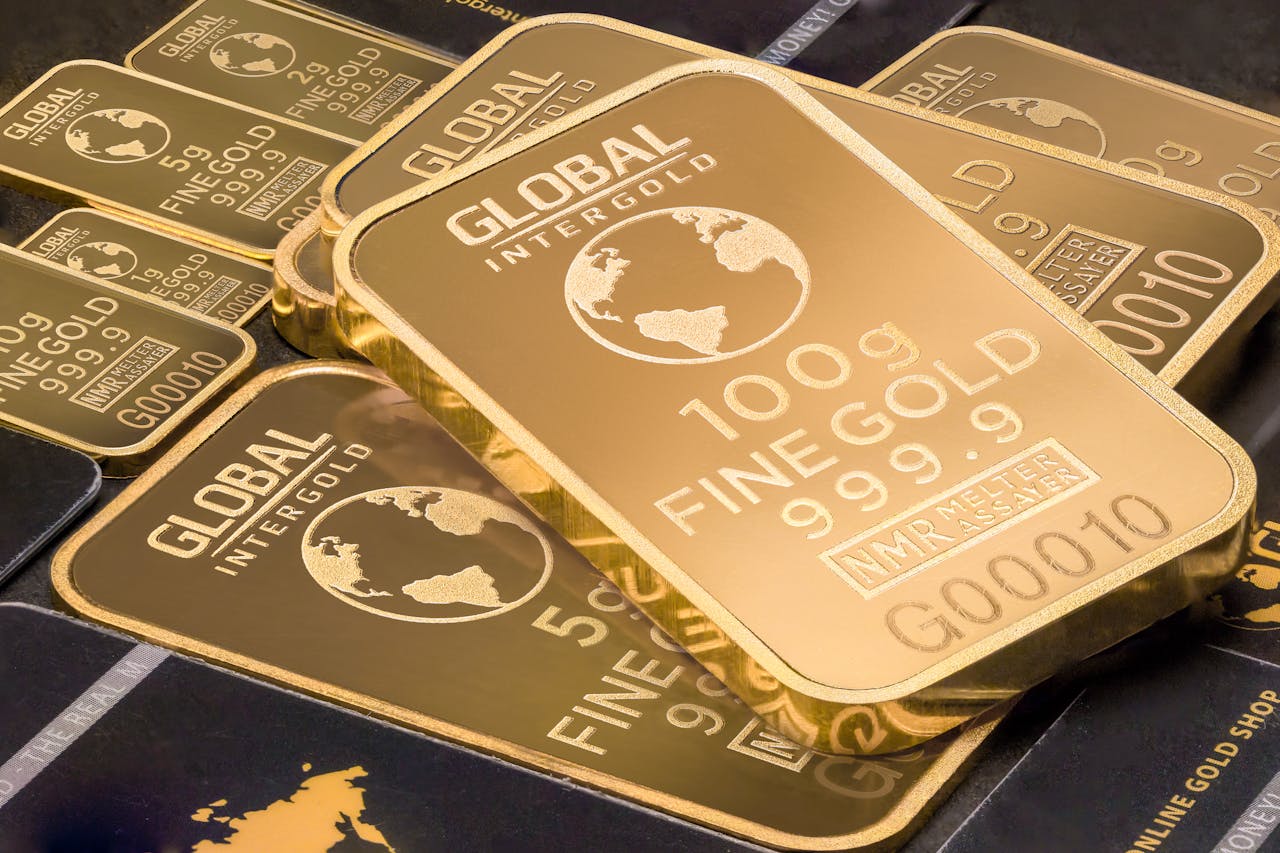Gold and the U.S. dollar—these two rivals in global markets—have always wrestled for dominance. At first glance, the idea that a weaker dollar automatically leads to higher gold prices seems reasonable. But the full story? It’s much more nuanced than that.
1. Let’s Start With the Pricing Mechanism: Why a Weak Dollar Could Lift Gold
Gold is priced in U.S. dollars globally—that’s the “hard logic” baked into the rules of international trading. So when the dollar weakens, gold becomes cheaper for holders of other currencies like the euro or yuan. That draws more buyers into the market and can drive gold prices higher.
For example, if one ounce of gold stays at $2,000, but the dollar weakens from 1:1 to 1:0.9 against the euro, it becomes cheaper for European investors to buy gold. That’s the core of the theory: weaker dollar → increased demand → higher gold prices.
2. But Gold’s Safe-Haven Status Is the Real Driver
A falling dollar often reflects deeper issues—looser monetary policy, rising fiscal deficits, or shaken market confidence. Under those conditions, gold becomes the go-to store of value for nervous investors.
Take early 2025: The Fed signaled a shift back to rate cuts to support growth. The U.S. Dollar Index fell from 104 to 98, while gold surged from $1,920 to $2,150 per ounce. The key? Not just the weaker dollar, but also expectations of persistent dovish policy and rising inflation.
3. Sometimes the Dollar Falls, and So Does Gold
Here’s the catch: gold doesn’t always move opposite to the dollar.
In some scenarios, a weaker dollar reflects growing market optimism—like when stocks are booming and fear is low. In that case, investors may dump gold in favor of risk assets, causing prices to drop.
Case in point: In April 2025, optimism around U.S. AI chip exports sparked a market rally. The dollar dipped, but gold fell from $2,150 to $2,090. Why? Money flowed out of gold and back into equities.
4. The Real Chain Reaction Behind Dollar and Gold Moves
We can sum up the gold-dollar relationship in this simplified chain:
Weaker dollar → gold cheaper for global buyers → more demand → gold price up
But this only holds if three crucial factors align:
- Federal Reserve policy (dovish vs. hawkish)
- Inflation expectations
- Risk sentiment globally (wars, crises, or bull markets)
These are what truly move gold, not just the exchange rate.
5. Real Market Data from 2025: Let’s See the Correlation in Action
Here’s a snapshot of 2025 market events and how gold and the dollar performed:
| Time | Event | Dollar Index | Gold Price |
|---|---|---|---|
| Jan 2025 | US CPI drops, Fed pauses rate hikes | ↓ 103 → 100 | ↑ $1,905 → $1,980 |
| Mar 2025 | Banking risks hit market, Treasury yields drop | ↓ 100 → 97.5 | ↑ $1,980 → $2,120 |
| May 2025 | AI optimism, strong equities rebound | ↓ 97.5 → 96.2 | ↓ $2,120 → $2,075 |
As this shows, the dollar direction sets the tone, but investor sentiment drives the volume.
6. What This Means for Everyday Investors
If you’re a retail investor, use these questions to judge gold’s next move:
- Is the U.S. dollar clearly trending downward?
- Are markets nervous about inflation or Fed policy?
- Are we in a risk-off cycle (war, recession, uncertainty)?
If you answer “yes” to all three, gold likely has room to rise.
But if the dollar falls while tech stocks surge and risk appetite returns, gold might stagnate—or even fall.
7. One Last Takeaway
Gold reflects fear. The dollar reflects trust. Their push-pull relationship is less about math and more about human psychology—and that’s why it will always remain complex.



